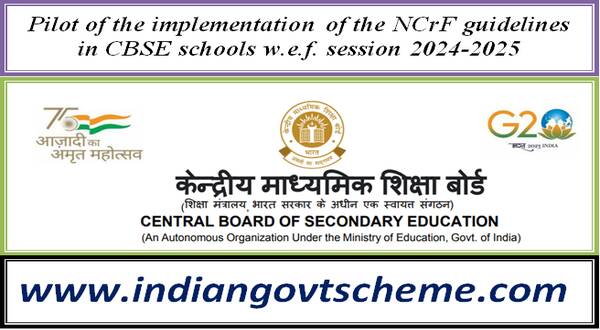Cost of Medical Education
GOVERNMENT OF INDIA
MINISTRY OF HEALTH AND FAMILY WELFARE DEPARTMENT OF
HEALTH AND FAMILY WELFARE
LOK SABHA
UNSTARRED QUESTION No. 391
TO BE ANSWERED ON THE 21st July, 2023
Cost of Medical Education
391. SHRIMATI SANGEETA AZAD:
Will the Minister of HEALTH AND FAMILY WELFARE be pleased to state:
(a) the approximate cost of education for getting MBBS degree in the country;
(b) whether the cost of medical education in the country is almost double in comparison to that in other countries, particularly in developed countries;
(c) if so, the reasons therefor; and
(d) the specific steps taken/proposed to be taken by the Government to improve the Doctor- Patient ratio across the country?
ANSWER
THE MINISTER OF STATE IN THE MINISTRY OF HEALTH AND FAMILY WELFARE
DR. BHARATI PRAVIN PAWAR
(a) to (d): In case of Government Medical Colleges, the respective State Governments are responsible for fixation of fees. However, in the case of private unaided Medical Colleges, the fee structure is decided by the Committee set up by the respective State Government under the chairmanship of a retired High Court Judge in pursuance of the directions of the Hon’ble Supreme Court of India.
However, in order to make medical education affordable in the country, the National Medical Commission Act, 2019 provides for framing of guidelines for determination of fees and all other charges in respect of fifty percent (50%) of seats in private medical institutions and deemed to be universities which are governed under the provisions of the Act. Accordingly, National Medical Commission (NMC) has framed the guidelines and the same were issued on 03.02.2022. The approximate cost of education for getting a MBBS degree in the country varies.
The government has increased number of medical colleges and subsequently increased MBBS seats. There is an increase of 82% in Medical Colleges from 387 before 2014 to 704 as of now. Further, there is an increase of 110% in MBBS seats from 51348 before 2014 to 107948 as of now and increase of 117% in PG seats from 31185 before 2014 to 67802 as of now.
As informed by the NMC, there are 13,08,009 allopathic doctors registered with the State Medical Councils (SMCs) and the NMC as on June, 2022. Assuming 80% availability of registered allopathic doctors and 5.65 lakh AYUSH doctors, the doctor-population ratio in the country is 1:834. The measures/steps taken by the Government to increase the doctor to patient ratio in the country include:-
- Centrally Sponsored Scheme for establishment of new medical college by upgrading district/ referral hospital under which 107 new medical colleges are already functional out of 157 approved.
- Centrally Sponsored Scheme for strengthening/ upgradation of existing State Government/Central Government Medical Colleges to increase MBBS and PG seats.
- Under “Upgradation of Government Medical Colleges by construction of Super Specialty Blocks” of Pradhan Mantri Swasthya Suraksha Yojana (PMSSY) scheme, a total of 75 projects have been approved, of which 62 projects are complete.
- Under the Central Sector Scheme for setting up of new AIIMS, 22 AIIMS have been approved. Undergraduate courses have started in 19 of these.
- Relaxation in the norms for setting up of Medical College in terms of requirement for faculty, staff, bed strength and other infrastructure.
- DNB qualification has been recognized for appointment as faculty to take care of shortage of faculty.
- Enhancement of age limit for appointment/ extension/ re-employment against postsof teachers/Dean/Principal/ Director in medical colleges upto 70 years.
नोट :- हमारे वेबसाइट www.indiangovtscheme.com पर ऐसी जानकारी रोजाना आती रहती है, तो आप ऐसी ही सरकारी योजनाओं की जानकारी पाने के लिए हमारे वेबसाइट www.indiangovtscheme.com से जुड़े रहे।
*****

